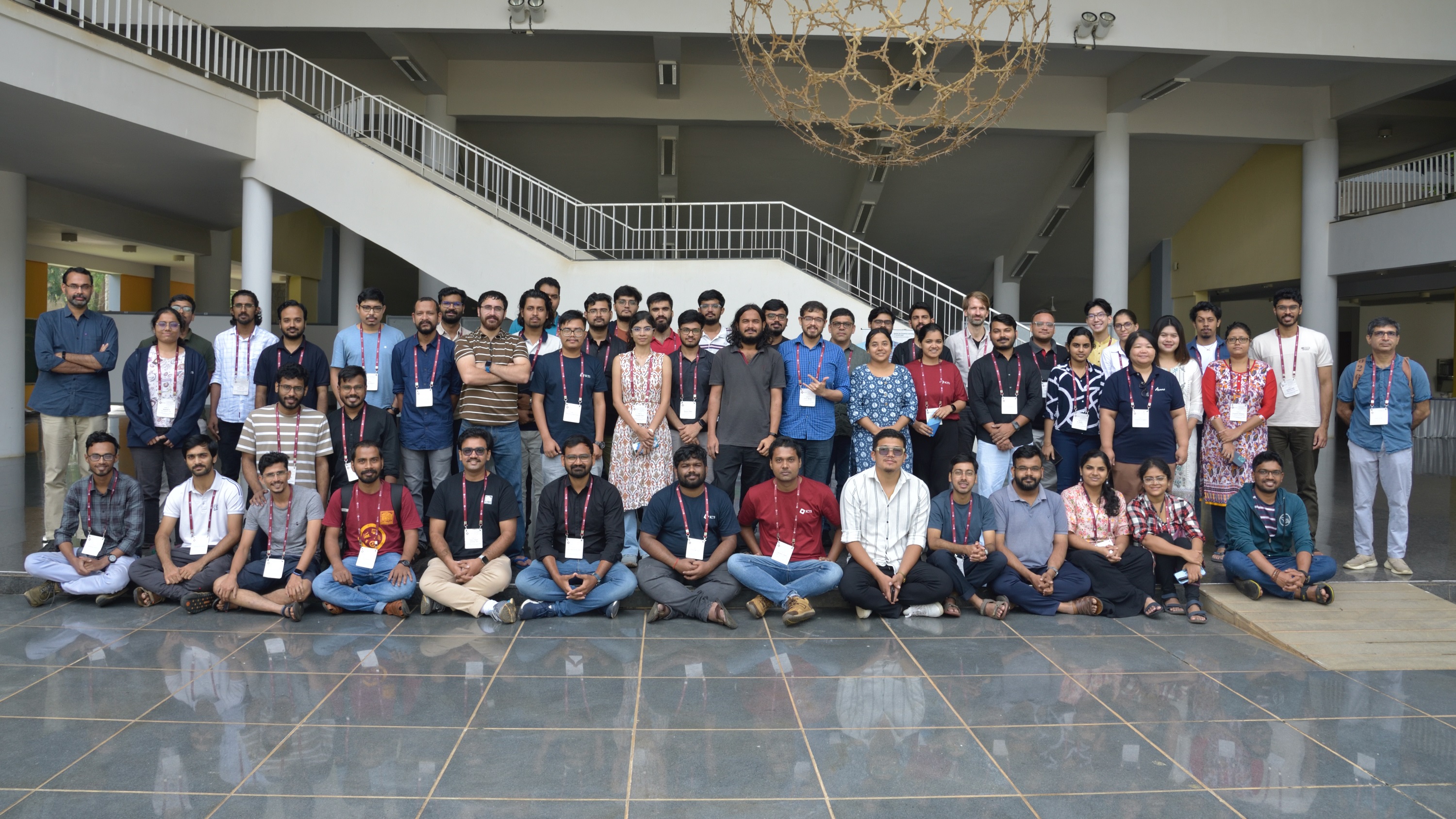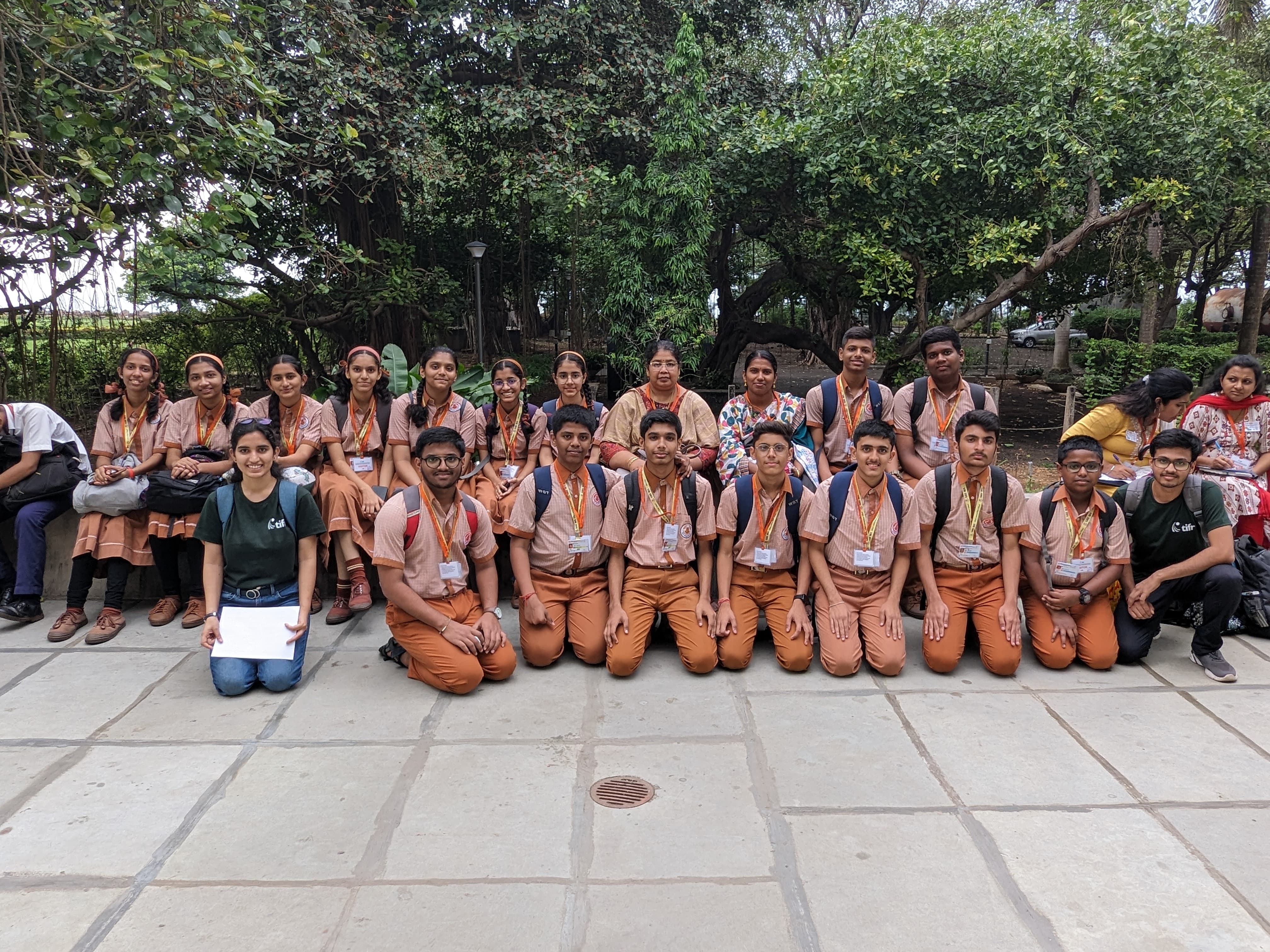About Me
Supriyo Saha
I am a research scholar at Tata Institute of Fundamental Research (TIFR), specializing in cosmology . My current research focuses on gravitational lensing using data from the Dark Energy Survey to study the universe’s large-scale structure.
Alongside my research, I am passionate about science communication and content creation. I run @50_shades_of_science, where I simplify complex scientific concepts for a broader audience. Outside of academics, I enjoy playing the mouth organ and I love to play cricket matches.
Educational Background
- Int Ph.D. (Ongoing) - TIFR Mumbai (2023 -)
- Bachelor's Degree - Asutosh College, University of Calcutta (2020-2023)
- Schooling - Koshigram Union Institution(H.S)
Academic Achievements
- Inspire Scholar 2020
- IIT-JAM 2023: AIR 21
- JEST 2023 (Physics): AIR 48
- DUET 2022: AIR 12
Selected Interviews
- Selected for M.Sc Physics - IIT Bombay
- Successfully passed interviews and selected - IMSC, HRI,TIFR

What is Cosmology?
Cosmology is the study of the universe, including its origin, structure, evolution, and eventual fate. It covers everything from the smallest particles to the largest cosmic structures. The universe began with the Big Bang about 13.8 billion years ago and has been expanding ever since.
The Evolution of the Universe
- 0 seconds: The Big Bang - space, time, and matter begin.
- 10⁻³⁶ seconds: Cosmic Inflation - the universe expands exponentially.
- 10⁻⁶ seconds: Formation of protons and neutrons.
- 380,000 years: Recombination - atoms form, and the universe becomes transparent (CMB forms).
- 200 million years: First stars and galaxies form.
- 9 billion years: The solar system forms.
- 13.8 billion years: Present-day universe with galaxies, dark matter, and dark energy.
Today, cosmologists study dark matter, dark energy, and the large-scale structure of the universe to understand its future evolution.
Key Components of the Universe
The universe is composed of several key components, including:
- Ordinary Matter: The visible matter that makes up stars, planets, and living organisms.
- Dark Matter: A mysterious form of matter that does not emit light but has gravitational effects on visible matter.
- Dark Energy: A form of energy responsible for the accelerated expansion of the universe.
- Cosmic Microwave Background (CMB): The afterglow of the Big Bang, providing a snapshot of the universe when it was only 380,000 years old.
My Research Field - COSMOLOGY
As a cosmologist, my research spans multiple areas within this vast field. Below are some of the topics I am exploring:
- Cosmic Inflation: Studying the rapid expansion of the universe in the first moments after the Big Bang.
- Gravitational Lensing: Investigating how massive objects bend light and can be used to map dark matter and study distant galaxies.
- Dark Matter and Dark Energy: Understanding the invisible components of the universe that make up most of its mass-energy content.
- Large-Scale Structure: Analyzing how galaxies are distributed across the universe and understanding their evolution.
The Fate of the Universe
Cosmologists debate the ultimate fate of the universe. Some of the possibilities include:
- Big Freeze: The universe continues expanding, and galaxies, stars, and planets drift apart, eventually leading to a cold, dark universe.
- Big Crunch: The expansion of the universe slows and reverses, leading to a collapse back into a singularity.
- Big Rip: The expansion of the universe accelerates, tearing galaxies, stars, and even atoms apart.
What is Gravitational Lensing?
**Gravitational lensing** occurs when the gravitational field of a massive object bends the path of light from distant sources. This effect, predicted by Einstein's General Theory of Relativity, acts like a natural cosmic telescope, magnifying and distorting distant galaxies. Weak lensing is a powerful tool for cosmologists**, allowing us to probe the distribution of **dark matter** and study the **expansion of the universe**.
A simulated example of gravitational lensing distorting distant galaxies.
Cosmic Microwave Background (CMB)
The CMB is the faint glow left over from the Big Bang, providing a snapshot of the universe when it was just 380,000 years old. It carries information about the early universe, the formation of galaxies, and the distribution of matter.
GALLERY
All my memorable moments captured in one place
ALBUMS
A Journey Through My Memories
From the moments spent in classrooms to travels and adventures, this gallery captures memories that are close to my heart. These images reflect my experiences, the people I've met, and the places that have shaped me.
Get in Touch
Let's connect! Whether it's for research, collaboration, or just a chat, I'm happy to hear from you.





